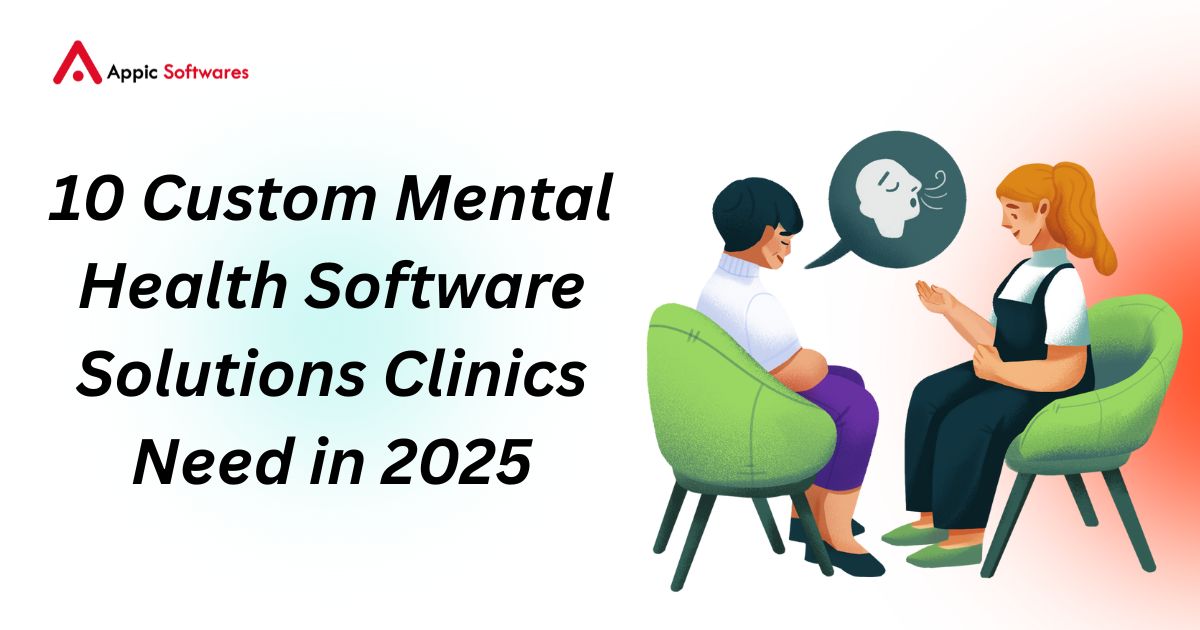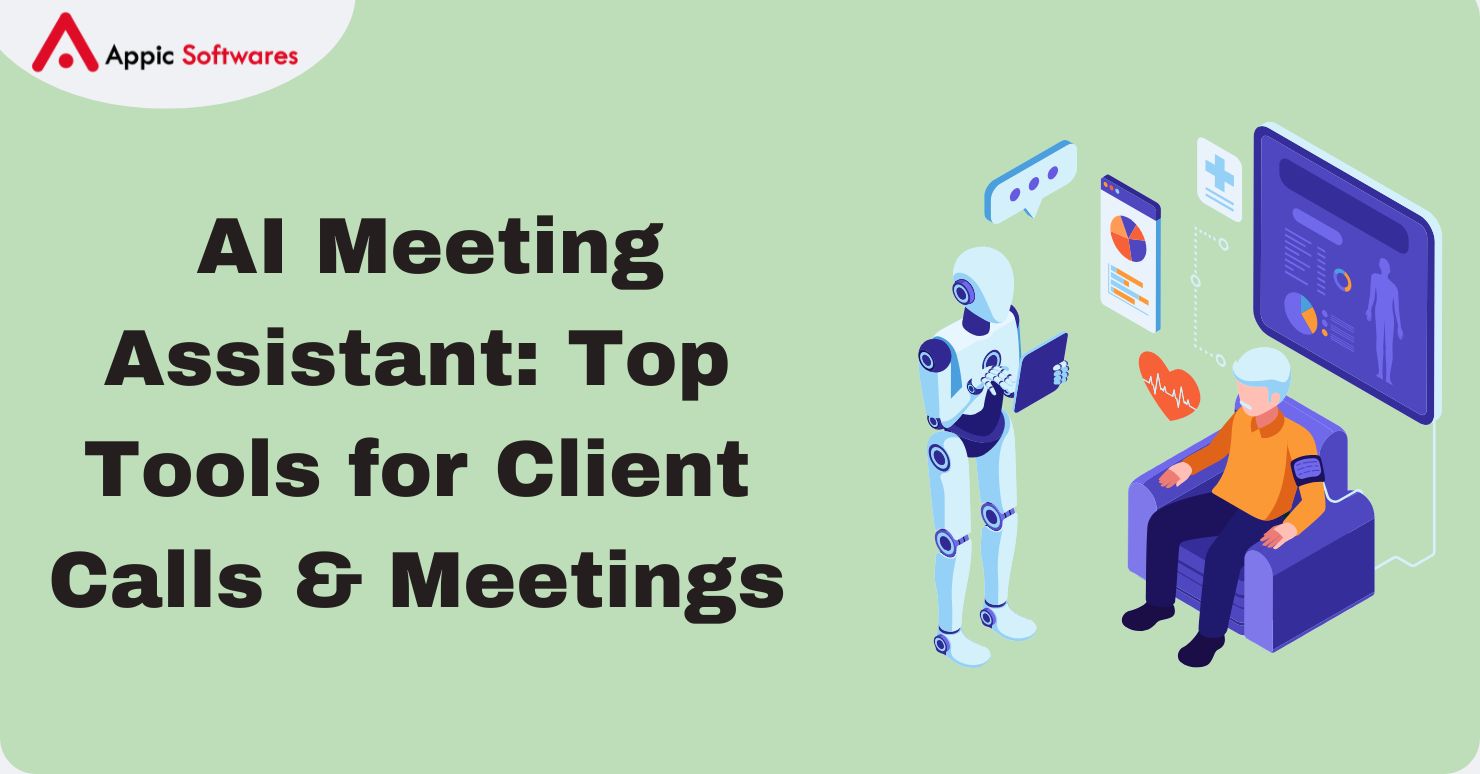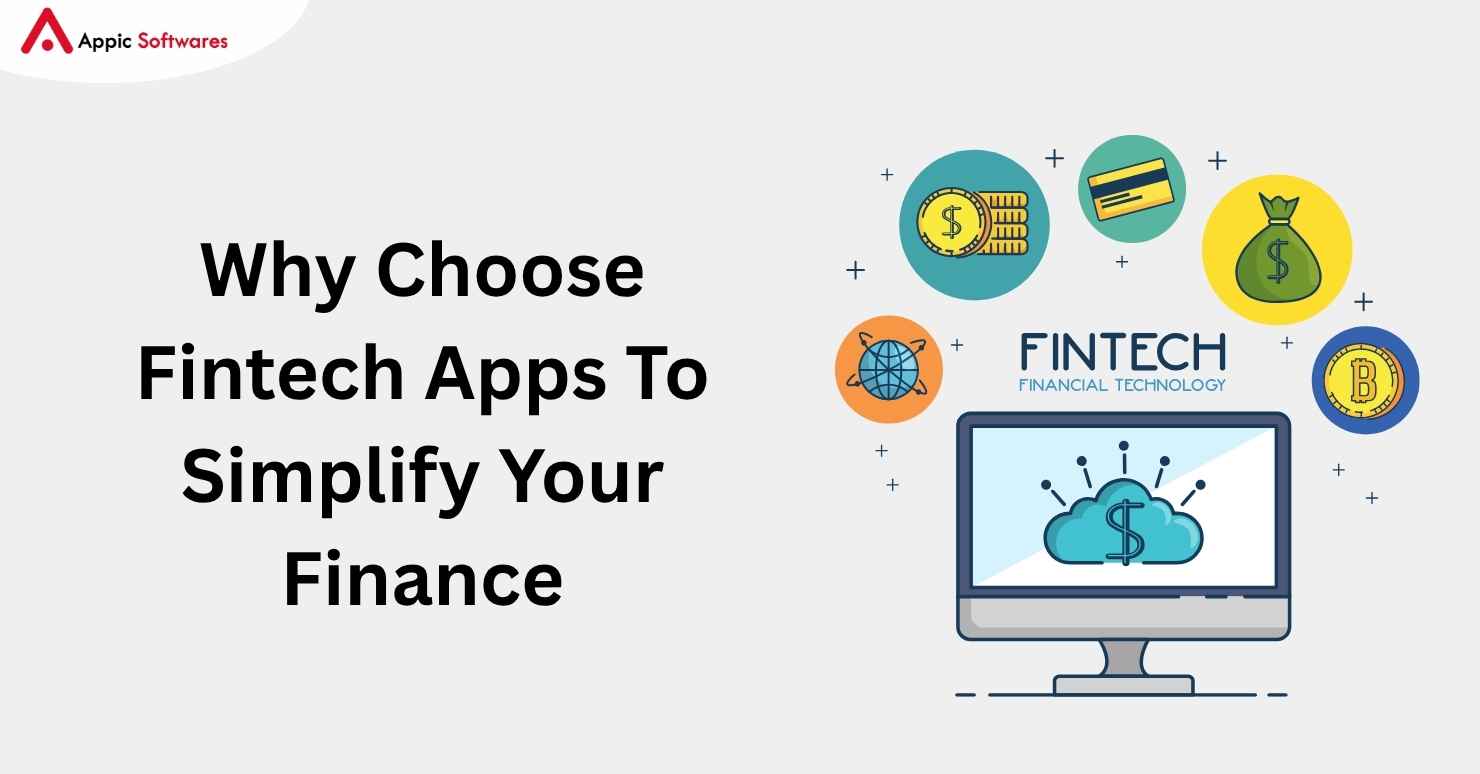
The value of the worldwide AI trading market was $18.2 billion in 2023, and by 2033, it may have nearly tripled. Stock trading AI agents are highly intelligent, specialized software systems that employ AI, machine learning, and data analytics to guide or automate decision-making in the stock market. These agents function as virtual financial analyst agents, processing massive volumes of global real-time data, interpreting trends, and making instantaneous decisions at the speed of algorithms.
What Are Stock Trading AI Agents?
AI agents, unlike traditional trading systems established on pre-coded rules, learn from data. They adapt to newer writing patterns, grasp contextual information from financial news, recognise investor sentiment, and even respond to market aberrations. With a deep learning algorithm, neural networks, and Natural Language Processing (NLP), these agents can generate trade signals, optimize portfolios, and manage risk much more efficiently than human traders.
They provide services or products to institutional investors and retail traders, working 24/7 without emotion or fatigue. This makes them revolutionary tools in today’s communication-driven markets, where speed, data, and automation determine winners. Stock trading AI agents are a type of autonomous agents in AI, operating independently without human intervention to execute trades or provide insights based on sophisticated algorithms.
Use Cases For AI Stock Agents
AI agents have many applications in the stock market, from real-time data analysis to optimal strategies, portfolio management, and risk avoidance. These applications are powered by AI agent features like real-time data processing, pattern recognition, and predictive modeling. Here are their key use cases:
1. Market Monitoring and Decision Help in Real-Time
Real-time Monitoring Capabilities: Stock AI agents have significant advantages in real-time market monitoring. You have tick-by-tick surefire trading data, graphlike designs, and technical indicators handled quicker than a cell. The agents, in turn, could be set to raise alerts on breakouts, reversals, or overbought/oversold conditions whenever certain technical thresholds are breached.
For instance, if a stock moves above its 50-day average with above-average volume, an AI agent may alert a trader that the stock may trend upward. For instance, examples of ai agents such as algorithmic trading bots can be programmed to raise alerts when a stock surpasses its 50-day moving average with high volume, signaling a potential upward trend to traders.
2. Price Forecasting Using Predictive Analytics
Success in trading revolves around forecasting. Based on historical data, AI agents use statistical models like ARIMA, LSTM, and reinforcement learning to predict price directions. These systems examine trends, profit ratios, market shifts, and worldwide signs to predict the movement of stock prices.
They also include sentiment analysis, which analyzes news headlines and social media chatter to hone predictions, particularly for stocks that tend to be volatile or sensitive to news events.
3. Rebalancing and Portfolio Optimization
AI can create and optimize investment portfolios based on user preferences like risk tolerance, investment goals, and time horizons. They regularly rebalance their assets back to target allocations, hedging against a downturn.
An AI agent may move some equities into a safe-haven asset, possibly bonds or gold, during a market selloff to prevent further loss.
4. HFT or High-Frequency and Algorithmic Trading
Algorithmic trading is when AI agents perform trading in bulk and at high speeds. These trades are executed in response to predetermined strategies or opportunities identified through artificial intelligence and can happen in milliseconds.
High-frequency trading allows artificial intelligence agents to profit from micro-movements in prices through latency optimization, colocation servers, and real-time arbitrage algorithms.
5. Sentiment & News Analysis
Using NLP, stock AI agents parse thousands of news sources, earnings calls, and social media feeds. They give sentiment polarity (positive, negative, or neutral) and the stock prices that are likely to be affected.
A tweet from the CEO, an earnings report leakage, etc., can all be researched in seconds to give traders a head start over other market participants.
6. Risk Management and Identifying Atypical Events
AI agents constantly monitor portfolio risk, exposure, and trading activity anomalies. They serve as an eye to catch early signs of possible fraudulent transactions, insider trading, or system manipulation.
Institutions are using these agents to monitor compliance and conduct real-time audits to ensure that all trades comply with the law and are aligned with ethical principles.
Benefits Of AI Agents For Stock Trading

In stock trading, AI agents act as a competitive advantage by making the process more efficient, accurate, and adaptive. The advantages vary across types of AI agents—for instance, rule-based agents ensure consistent execution, while machine learning-driven agents adapt to evolving market conditions. Here are the primary benefits:
Eliminating Emotional Bias
Human traders tend to make decisions driven by fear, greed, or overconfidence. On the contrary, AI agents revolve around data and logic, devoid of any attitude. They eliminate impulse orders, which results in disciplined and consistent trading.
Speed and Scalability
AI agents run 24/7 without taking a break. Stockbots can scan the markets for thousands of stocks and can trade hundreds of times each second, adjusting to breaking news or price changes in real time.
Manual traders cannot achieve this speed and scale.
More Accurate Predictions
AI agents are trained with millions of historical data points and run in simulation to continuously improve their ability to recognize accurate, profitable real-time setups. They analyze previous trades, rectify mistakes, and constantly fine-tune approaches.
Automated Decision-Making
Working with rules and AI-based automation, order placing, stop-loss adjustments, and portfolio rebalancing are done automatically. This saves time and ensures consistency in strategy.
Cost Efficiency for Firms
This will ease the human resource burden on giant investment firms. AI agents could replace or supplement teams of analysts, work at higher throughput rates, and cost less in the long term.
Personalized Investing
AI-powered platforms for retail investors provide easy access to personalized strategies adapted to their investment objectives and financial behavior, making professional-grade investment tools available to everyone.
How To Build A Stock AI Agent?
Creating a powerful Stock AI Agent is a multi-tier requirement that combines financial knowledge with advanced artificial intelligence technologies. It takes careful study, reliable datasets, heavy modeling, and a solid architecture for generating useful output from the underlying process. From an AI that predicts market trends to an automation bot executing trades on a live market, this turn-by-turn guide tells you everything you need to do to build a robust and smart stock trading AI Agent.
Step 1: Define Goals
Set the goals for your AI agent first before getting deep into development. Will it be used for:
- Price prediction and market trend analysis?
- Automated day trading or long-term investment recommendations?
- Periodic rebalancing in portfolio management?
- News and social media sentiment analysis?
Identifying the clear use cases enables you to select the right AI architecture, appropriate training datasets, and feature set. Stage two is the building block on which your entire development pipeline is rooted—this helps to ensure the integrity of your project’s real-world financial aims.
Tip: If you plan to expand the system’s capabilities, creating a scalable and modular system at the very beginning will pay off, so put special emphasis on that.
Step 2: Obtain And Preprocess Financial Data
Heavily relying on the quality of the data, the AI Agent learns from Stock trading. AI agents would generally need some combination of both structured and unstructured data, for example:
- Daily updates of historical stock price data (OHL, volume, splits, dividends)
- Technical indicators: moving averages, RSI, MACD, Bollinger Bands
- Macroeconomic metrics (interest rates, inflation, GDP figures)
- Macro variables (CPI, industrial production, PBOC policy reserve)
- News reports and financial reports
- Sentiment feeds from social media (Twitter, Reddit, etc.)
Preprocessing is an essential step after data collection. This process includes removing outliers, imputation, normalizing, labeling, and more. Another important aspect of this method is feature engineering, which involves identifying the indicators or signals with the most predictive power.
Tip: Use Python packages such as pandas, NumPy, and scikit-learn to save time on data preprocessing.
Step 3: Selecting the Appropriate AI and Machine Learning Models
Your stock AI agent has a brain like the AI model. Your use cases should determine your model choice:
- Recurrent neural networks (RNNs) and LSTMs: Great for predicting time series. These models can capture temporal dependencies in stock prices.
- Convolutional Neural Networks (CNNs): Suitable for determining visual patterns, such as candlestick charts or heatmaps, on the price motion
- Transformer-based NLP models: Great to mine news stories, earnings transcripts, or tweets for sentiment or actionable insights.
- Reinforcement Learning (RL): Ideal for training self-learning trading agents that optimize strategies via repeated interactions with a simulated environment.
You can also implement hybrid models by combining various techniques, which gives better accuracy and stability. This step requires understanding what AI agents are composed of, su
ch as data pipelines, machine learning algorithms, and decision-making modules, to align them with specific trading goals like time-series prediction or sentiment analysis.
Step 4: Backend architecture
This is where we start shaping your AI agent. Backend responsibilities include:
- Sitting on historical data, training the selected models
- Trading logic implementation from model outputs
- Datasets, Logs, And User Preferences Management
- Conducting risk assessment and decision scoring
An algorithm needs to be written to generate buy/sell signals, set stop losses, compute moving averages, and calculate risk-adjusted returns.
To illustrate this, suppose the AI agent identifies positive sentiment coming from financial news and an upward movement in price at the same time—it can place a buy order as a result of preset logic. Developers often rely on agentic AI frameworks like TensorFlow or PyTorch to streamline this process, ensuring the agent is scalable and efficient.
Step 5: API Integration, Broker, & Market Feeds
It needs to send and/or receive information to/from the real world, via some tool (e.g. APIs, sensors, and so on) in the case of automated interactions, or communicate in a way that allows you (i.e. the user) to understand what the AI agent is doing, for conversational agents. Which means integrating the following APIs:
- Brokerage platforms such as Interactive Brokers, Alpaca, TD Ameritrade, or MetaTrader
- Fina
best online pharmacy with fast delivery purchase soft cialis online with the lowest prices today in the USA
ncial Data providers like Alpha Vantage, IEX Cloud, or Bloomberg
- News APIs like Google News, Finnhub, or LexisNexis
- Sentiment tools (StockTwits, Twitter API, or RedditScrapers)
Through brokerage API integration, your AI agent can execute real trades, get account balances, and modify open positions. You will have to implement secure authentication, encryption, and regulatory compliance, such as KYC (Know Your Customer) and GDPR.
Step 6: UI (Dashboard or Mobile App)
A clean and intuitive frontend allows users to interact with your AI system. In its UI, it should show:
- Live share prices and charts
- Rationale-based buy/sell signals
- Breakdown and Performance of The Portfolio
- Alerting, sentiment score, and predictive analysis
- Controls for discretionary trading that allow a manual override
Use React or other modern frameworks and flexibility (Faces behind the content). E.g., JS for web dashboards or Flutter for mobile (cross-platform) apps. Embed live charting tools like TradingView and Chart.js for rich visualizations.
UX is important, especially if non-technical investors will use something.
Step 7: Train, Test, Backtest & Deploy
Testing is critical to ensure your stock AI agent will work well when deployed to the live market. Train your AI model on the historical datasets and validate it using unseen data to check the generalization of the model. You can use historical price movements to examine potential profitability, drawdown, and your initial and maximum exposure to this volatility using a trading strategy.
Cost to Develop a Stock Trading AI Agent
AI agent development cost vary heavily depending on functionality, complexity, team location, and infrastructure. Here’s a detailed breakdown:
| AI Agent Level | Estimated Cost | Features | Limitations |
| Minimal AI Agent | $10,000 – $40,000 | Basic prediction model | No live trading, not rule-based, limited forecasting |
| Intermediate AI Agent | $40,000 – $60,000 | Improved decision-making algorithms, pattern recognition | No forecasting, sentiment analysis, or automated execution |
| High-Level AI Agent | $60,000 – $80,000 | Advanced prediction, sentiment analysis, live market data processing, auto-execution capabilities | Complex development, higher infrastructure and maintenance costs |
Includes deep learning, natural language processing, high-frequency trading, full portfolio management, and real-time data feeds.
Key Cost Factors
Scope and Complexity
The more features you desire—trade execution, multi-lingual NLP, real-time alerts—the higher the price. For example, a basic tip giving buy/sell agent can cost less than an autonomous trader.
Data Infrastructure
Real-time and premium financial data from providers such as Bloomberg, Alpha Vantage, and TradingView will likely require licensing fees and costs for using an API. Correct categorizing is essential for developing accuracy and performance.
Cloud Computing and Storage
All deep learning model trainings are resource hungry. Add recurring costs using platforms such as AWS, Google Cloud, or Azure.
Security and Compliance
To deal with financial transactions, it requires high-security levels. It involves encryption, role-based access, two-factor authentication, and maybe even regulatory compliance.
Developer Location
One way to save cost is to get the work done in their countries, like India or Eastern Europe. That said, you can still expect higher-quality code delivered more rapidly when working with those top-tier US-based developers or agencies. Many firms opt to partner with an AI agent development company to navigate these complexities, leveraging specialized expertise to accelerate deployment and manage ongoing maintenance.
Models of Pricing for Development
Fixed Price Model
Best for well-defined, limited scope, low-complexity projects. You pay a pre-decided one-off fee for the implementation of a project. It is good for MVPs or plain agents
Time and Material Model
Ideal for the projects that evolve It is based on hours worked and materials used so you can add new features and change your strategy.
To Pay Per Use AIaaS (AI as a Service)
This model dials up AI-powered trading systems on a monthly or annual fee basis for firms not ready to build it in-house. Ideal for startups and solo traders as providers take care of maintenance, updates, and compliance.
Conclusion
Stock market AI agents are changing the way people and institutions interact with the financial markets. Enable the new levels of speed, efficiency, and intelligence within trade, from real-time analysis and predictive modeling to automated trading and even sentiment analysis.
With the advancement and evolution of AI, future AI stock agents will become much more autonomous, adaptive, and alpha-generating in complex markets. Now could be the right time to invest in modernization through AI for trading strategies or a fintech platform.
Whether you’re a fintech startup or an established investment firm, we can help you build a powerful, scalable Stock Market AI Agent tailored to your needs.
Contact Appic Softwares today to get a free consultation and bring your AI trading vision to life!
FAQs
1. How accurate are stock trading AI agents in predicting market movements?
Stock trading AI agents use advanced machine learning algorithms and historical data to predict trends, but no AI can guarantee 100% accuracy. Their predictions are based on probabilities and statistical patterns, making them powerful tools for improving decision-making, not replacing human judgment entirely.
2. What are the key challenges in developing a stock AI agent?
The major challenges include acquiring high-quality real-time and historical data, choosing the right AI models, ensuring integration with broker APIs, maintaining regulatory compliance, and building a scalable backend architecture capable of handling real-time trading decisions.
3. How much does it cost to build a stock market AI agent?
The cost of developing a stock market AI agent ranges from $10,000 to $80,000, depending on its complexity, features (like real-time trading, NLP sentiment analysis, portfolio optimization), data integrations, and UI development.








